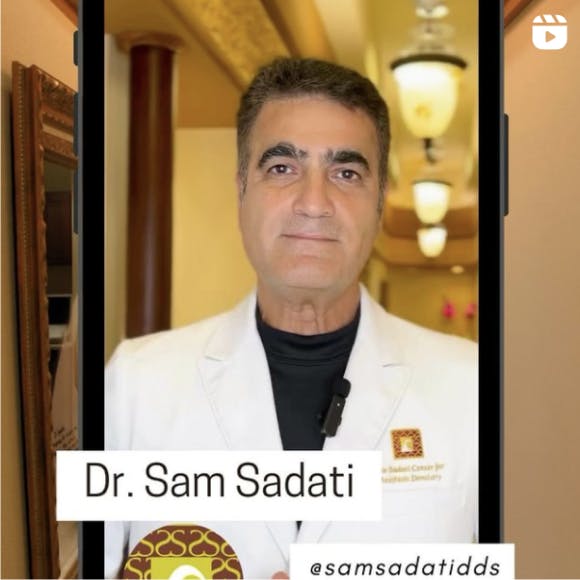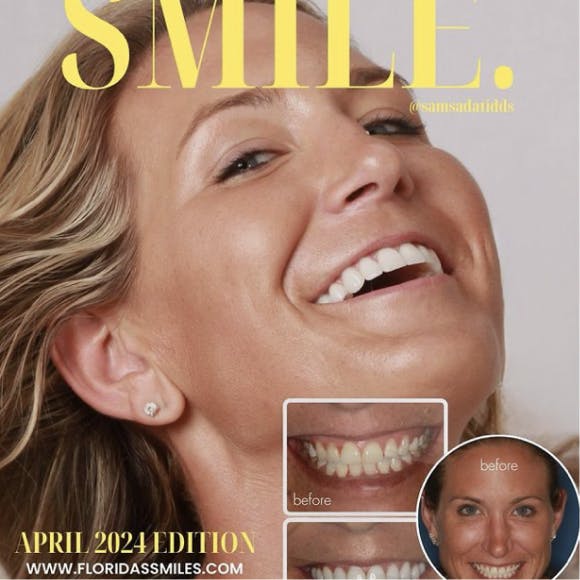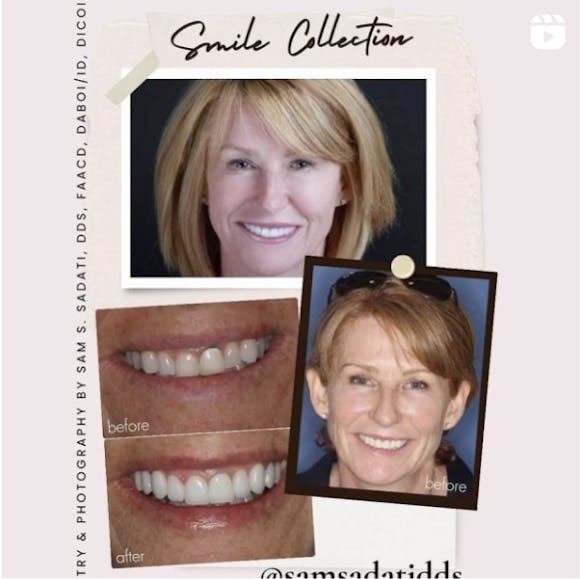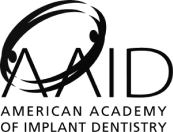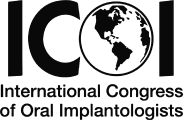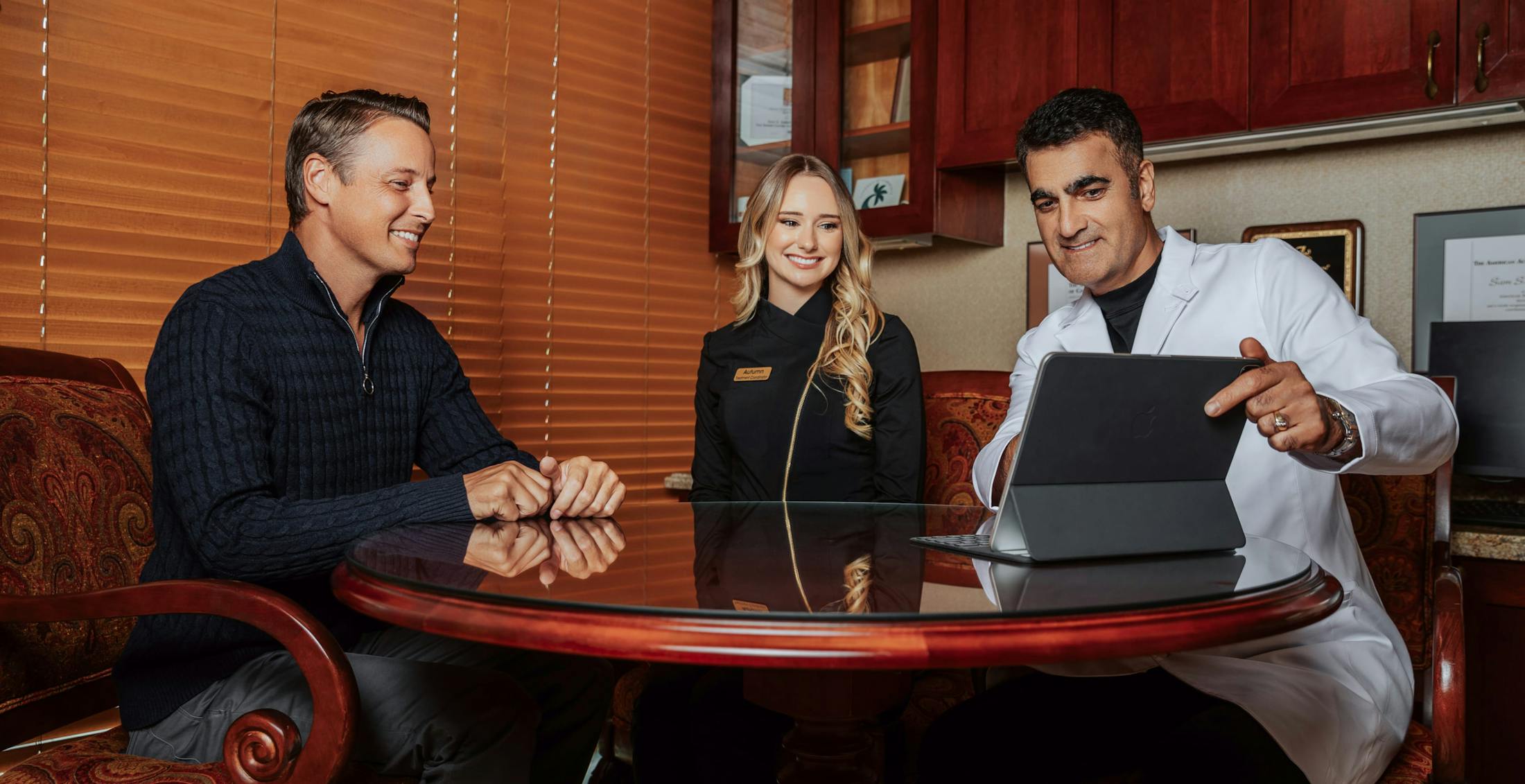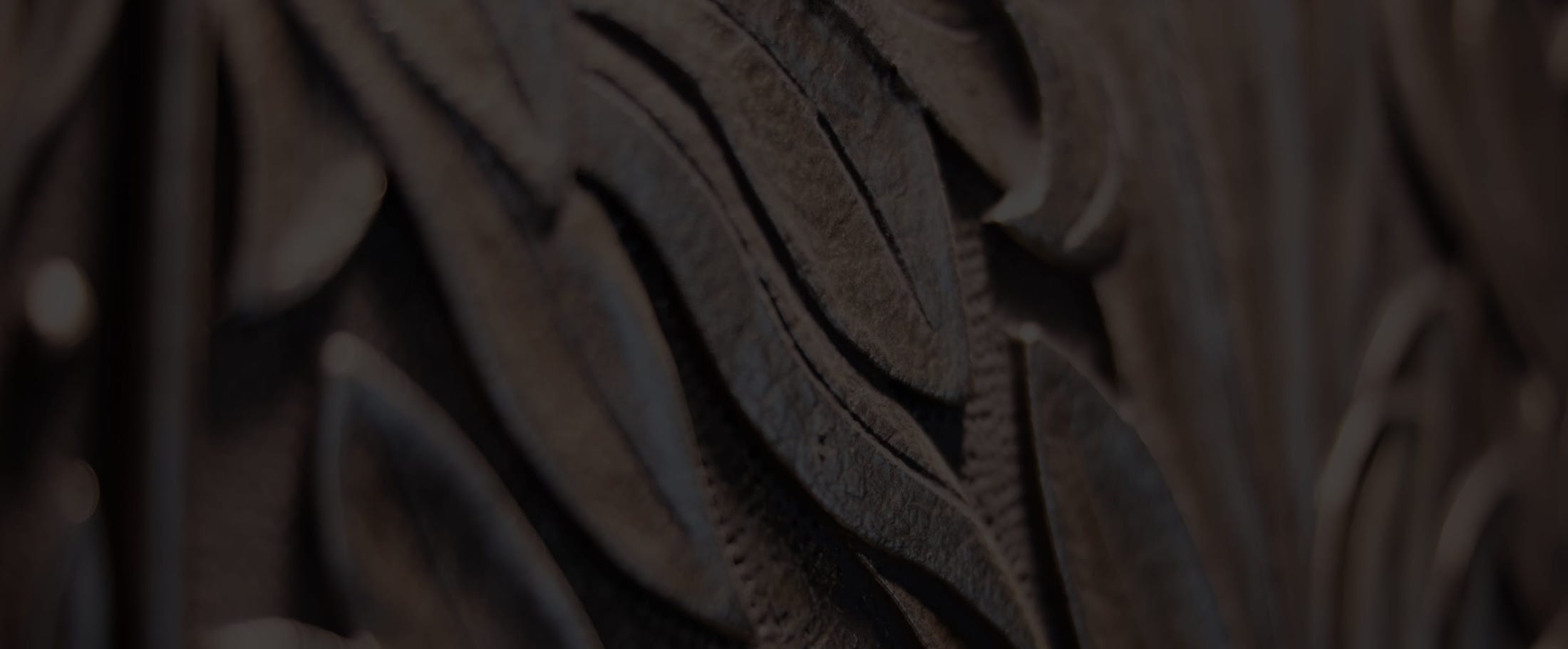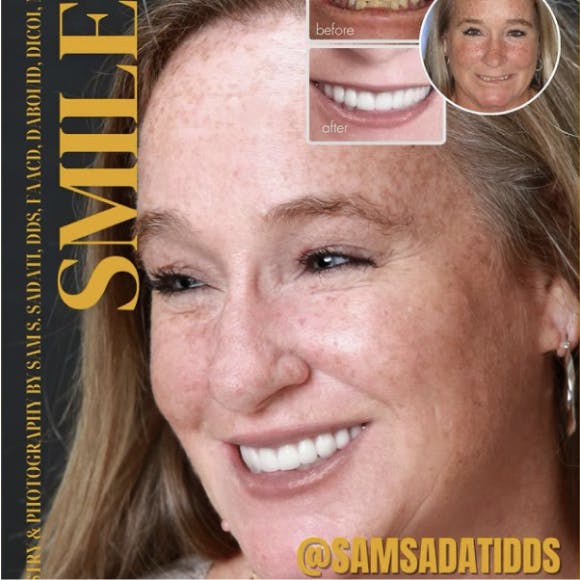
Cosmetic Procedures
Real reviews. Real patients. What Our Patients Say

If I could give Dr. Sadati and his team a 10-star review, I would! I’ve been patient of the facility for more than 10 years and cannot say enough about this Office, especially about Doctor Sadati himself! Truly, one of the kind, incredible professional, and master of his craft, an amazing human being, who truly cares about his patience! Whole team is fantastic! Their passion for what they do is evident in every interaction. This is hands down the best office in Florida. If you're not a patient of Dr. Sadati, you're truly missing out!
I have been going to Dr Sadati for many years. Dr Sadati is my favorite dentist. I will never go to someone else. Everyone in the office is very kind and respectful, understanding your problem. It is a pleasure seeing all in the office. When I am there, I feel comfortable and relaxed, because I know they are the best. Thank you so much, sincerely Elena
My experience with Dr. Sadati and his team was truly magnificent. Their professionalism from the beginning consultation, several procedures and the final result, left me a very impressed and happy. Dr Sadati is not only an expert in his field but, he is more so a wonderful person. It is evident how much he cares, because he puts so much into it. Thanks Sam, you're the best
Dr. Sadati clinic was a first-class dental experience. From the relaxing consultation in a beautiful atmosphere to the personal delivery of needs and desires with photos of before n after with full facial photos. Awesome testimony throughout the interior. His high touch experience includes AACD Fellow very few achieve, International Congress of Implantology, American Academy of Aesthetic Dentistry and Florida University to name a few. Credibility is all over the clinic but most of all they care.
I went to Dr. Sadati as I needed to have four chipped and discolored front teeth 'fixed' within very short time constraints. As the timing was too short for porcelain veneers, Dr. Sadati's bonded my front teeth. The end result was amazing- his bonding was far superior to other work I previously done on those teeth and more extensive than the work I contracted for. Based on his calm demeanor, willingness to listen and explain options, and perfectionism in his work. I will be using him for my future general and cosmetic dentistry. He was meticulous and went 'above and beyond' in making my teeth look beautiful. I would unreservedly recommend him to anyone considering any type of cosmetic dentistry. You can not go wrong.
Join Our Community

